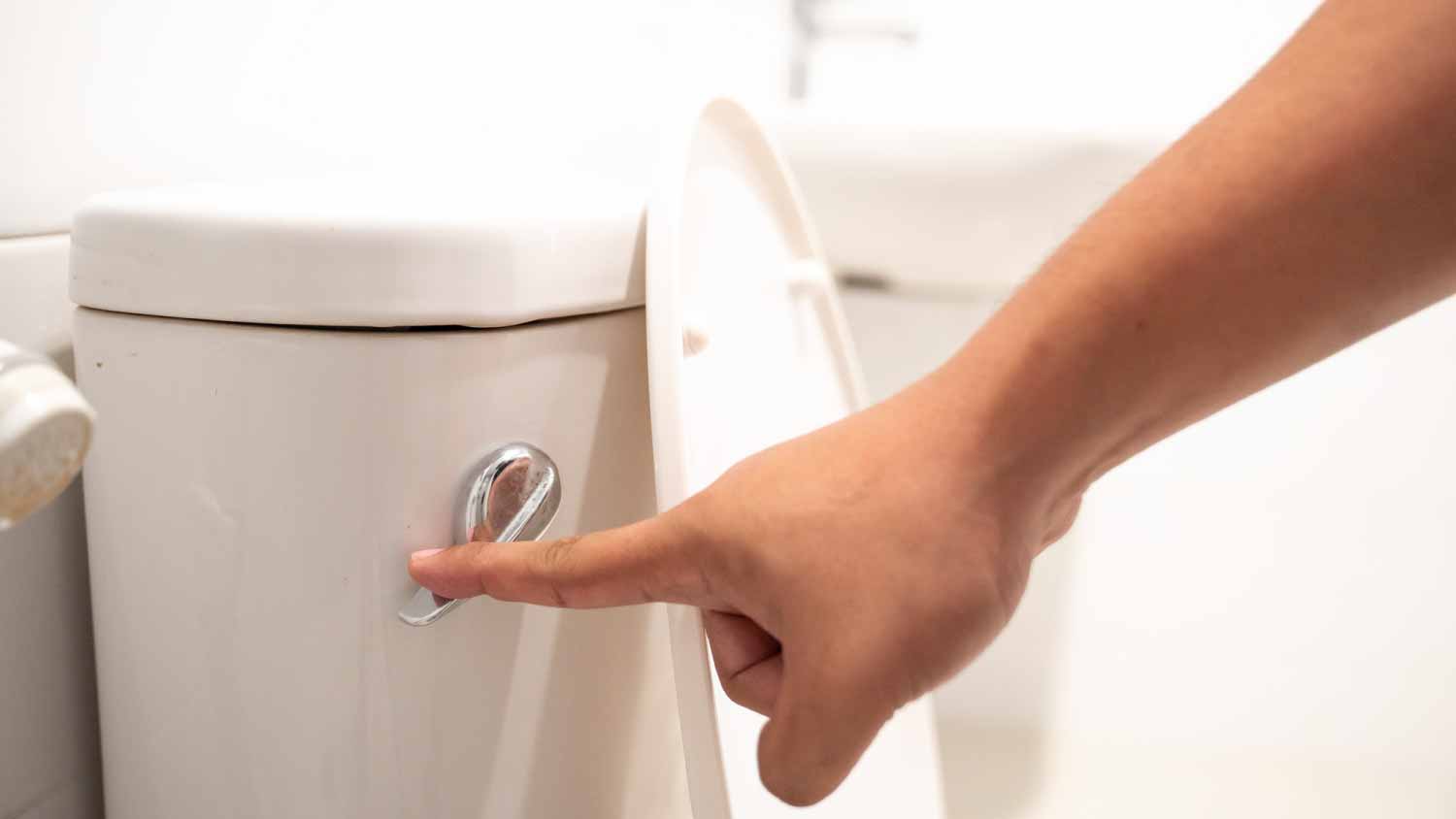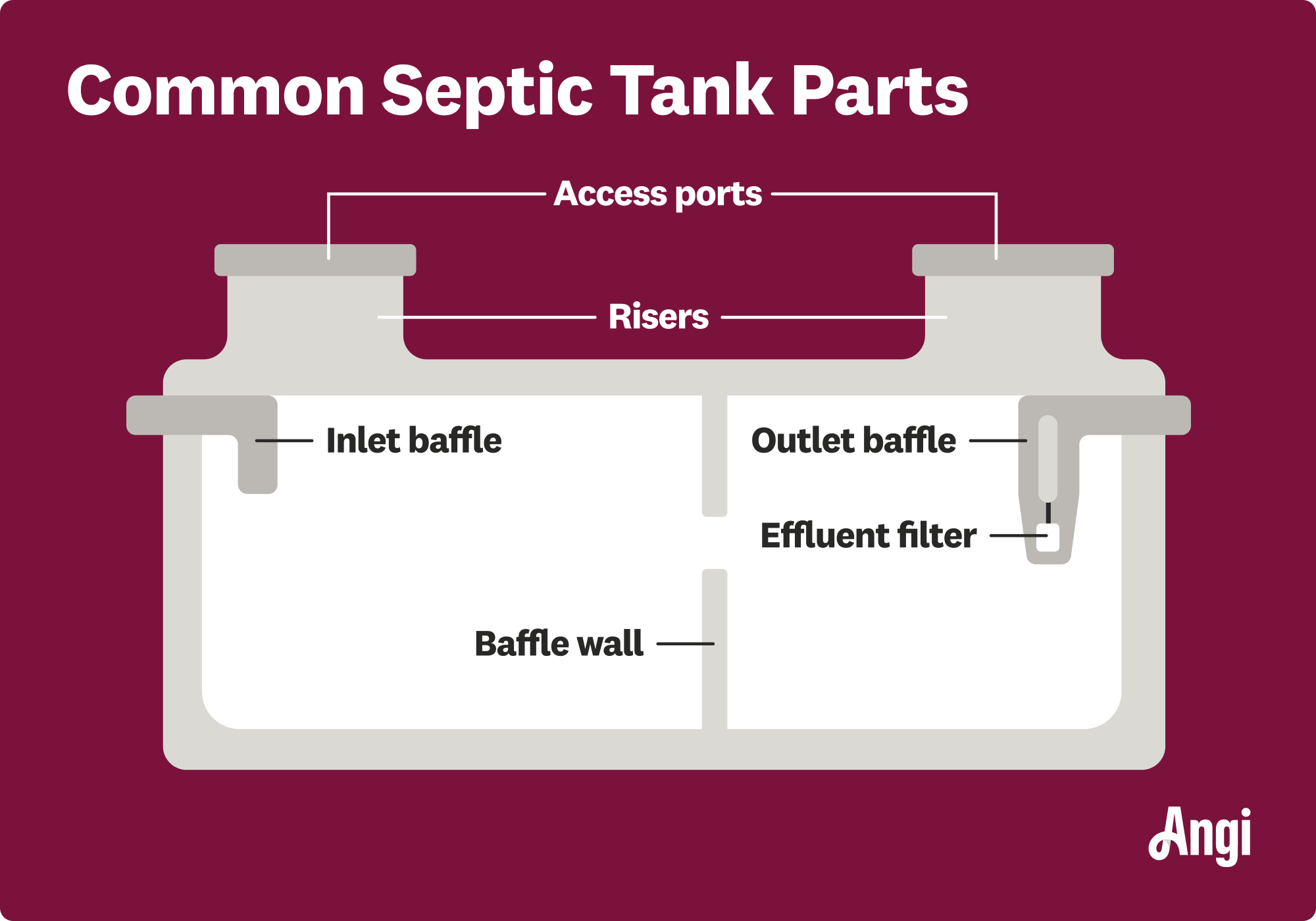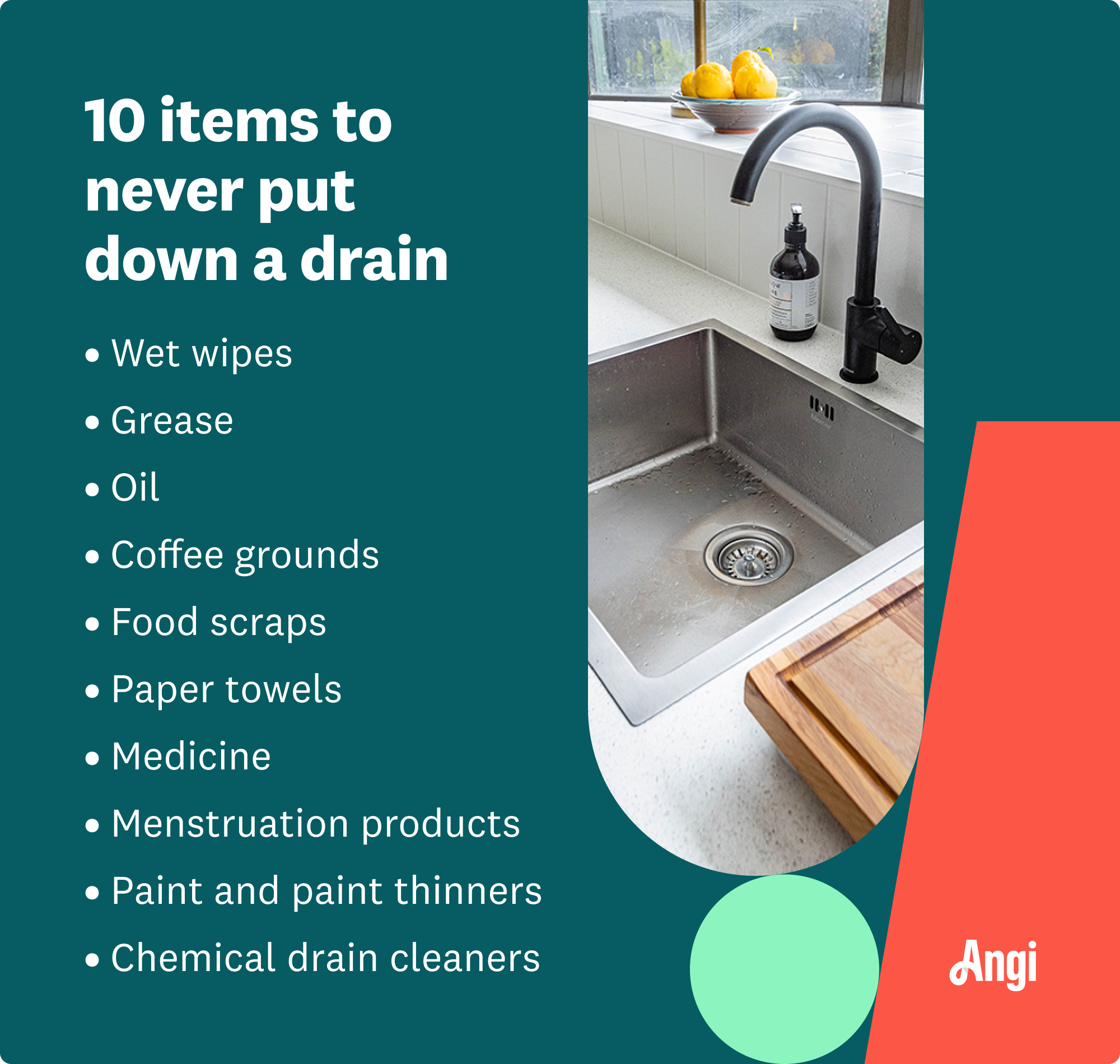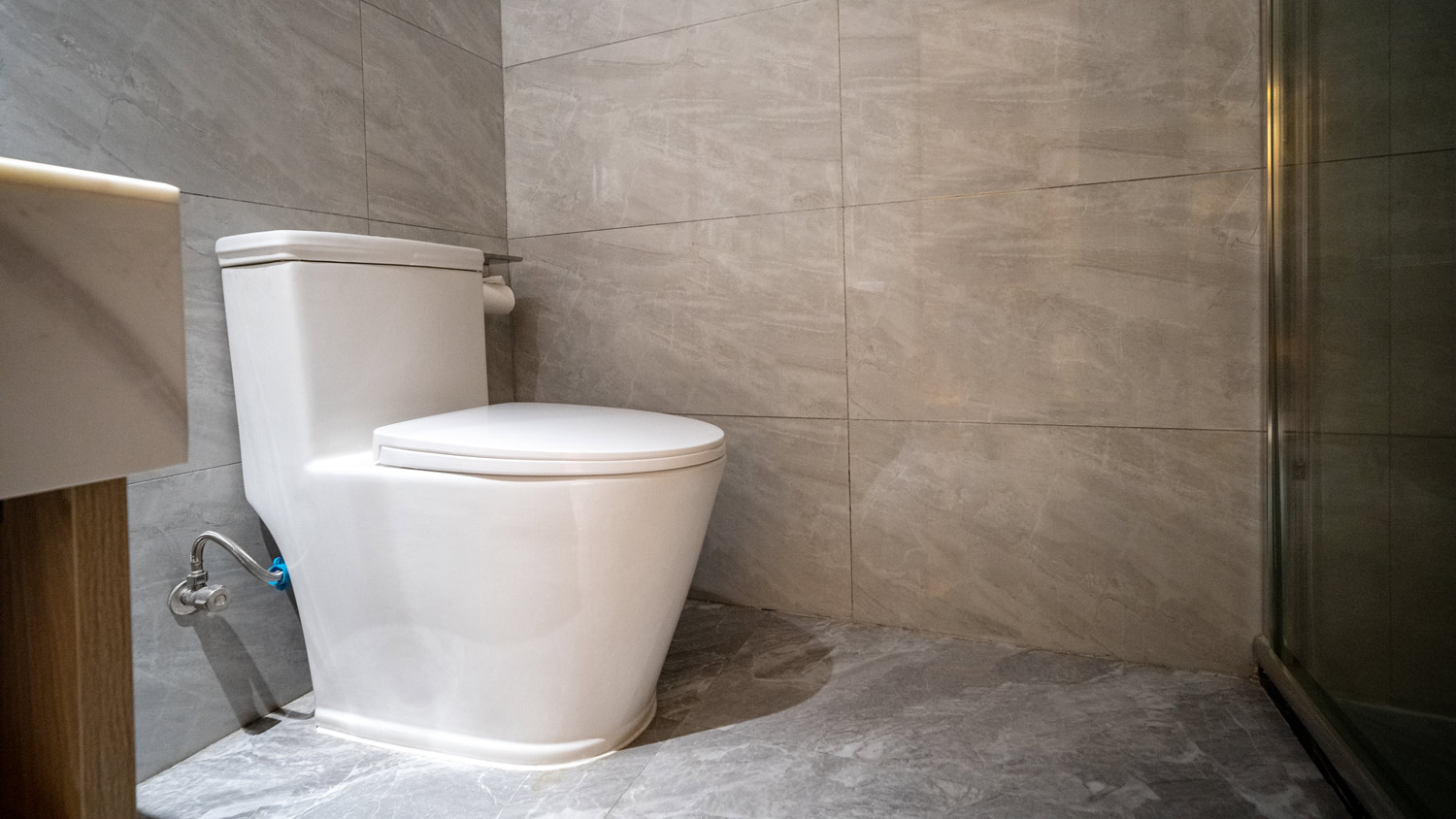
Need to know what sewer line replacement costs in Kansas City, MO? This guide will help you prepare to budget for sewer line replacement done by local contractors.
Don’t waste time picking the best wastewater management system


Septic systems treat wastewater, but holding tanks only contain the wastewater.
Septic tank installation costs $3,500 to $11,700.
Holding tank installation costs $500 to $4,000.
Septic tanks need to be pumped every three to five years.
Holding tanks need to be pumped every one to four weeks.
When you live in a rural area with no connections to municipal utilities, you’ll need a way to get water and power, of course, but you’ll also need to consider where your wastewater will go. Both a holding tank and a septic tank can contain sewage and wastewater from your home, but they aren’t the same thing. Here are the major differences between a holding tank versus a septic tank.
While both holding tanks and septic tanks can contain sewage and wastewater, a septic tank is part of a larger system that also treats the wastewater and returns it to the groundwater. A holding tank simply stores the wastewater and sewage until a pro can pump it away. Septic tanks have baffles that allow wastewater in and effluent out. A major difference between a holding tank versus a septic tank is that a holding tank needs to be pumped every one to four weeks, while a septic tank should be pumped every three to five years on average.

A holding tank is just what it sounds like: a tank that holds wastewater. The tank is buried underground, and an exit pipe from the home directs all wastewater to the holding tank. The tank doesn’t connect to other pipes or an outlet, though. The wastewater just remains in the tank. Holding tanks have a lid at the top so that pros can come in to pump out the wastewater every few weeks. While holding tanks have a simple design, they do include an alarm to notify you when the tank is getting full (often set to go off at 75% capacity), which can prevent overflows.
| Pros | Cons |
|---|---|
| Less space required | Frequent pumping |
| Simpler installation | Higher long-term cost |
| Alarms to prevent overflow | Stricter regulations |
Best for:
Smaller properties
Properties with less porous or poor-draining soil
Temporary wastewater management
Holding tanks are a better choice over septic systems when a rural property is limited on space. Holding tanks don’t need as much space because there just needs to be enough clearance for the tank itself. By comparison, septic systems need to have space for the septic tank plus a drain field. Holding tanks also work well for areas with poor soil drainage.
Because a holding tank doesn’t need to connect to a big network of pipes for treatment, it can be easier to install than a big septic system. Because of the easier installation, holding tanks often come with a lower upfront cost.
Holding tanks are equipped with alarm systems to notify homeowners when the tank is nearly full. This can alert you when it’s time to have the tank pumped, preventing wastewater from overflowing into the yard or backing up into your drains.
One of the biggest drawbacks of a holding tank versus a septic tank is how often a holding tank needs to be pumped. Because the water isn’t flowing out to a drain field for treatment, the holding tank has to be pumped often, sometimes as much as once every week or two. A frequent pumping schedule also means that those initial upfront cost savings on holding tank installation can be overshadowed by the ongoing costs of maintaining the tank.
While both holding tanks and septic tanks require permits for installation, holding tanks have a stricter permitting process. Because holding tanks don’t treat the wastewater, there’s a greater risk of environmental damage from raw sewage if someone doesn’t properly maintain them. That’s why it can be more expensive and take longer to get the permits necessary for holding tank installation.

A septic tank is part of a septic system. The sewage treatment process in a septic tank starts with an inlet baffle, where wastewater from the home flows into the tank. Bacteria in the tank then help break down solid waste in the tank. Additional contaminants are trapped by an effluent filter before the wastewater leaves the septic tank from an outlet baffle, where it flows out to a drain field.
In the drain field, also called a leach field, partially treated wastewater flows slowly through perforated pipes and into the soil, where it is fully treated before returning to groundwater. Septic tanks often include two lids to help with pumping, which needs to be done every three to five years to remove solid sludge buildup.
| Pros | Cons |
|---|---|
| Treats wastewater on-site | May overflow without warning |
| Can handle more wastewater | Higher installation cost |
| Lower long-term costs | Strict soil and space requirements |
Best for:
Larger homes
Properties with plenty of outdoor space
Yards with well-draining and porous soil
One huge benefit of a septic tank versus a holding tank is that a septic tank treats wastewater, which reduces the need for frequent pumping. Bacteria in the tank break down solid waste, and treated wastewater returns to the groundwater rather than remaining in the tank.
Because wastewater flows out of the tank for final treatment and to return to the local groundwater, the tank can handle more wastewater generation from a household than a holding tank. The wastewater doesn’t constantly accumulate in the tank with nowhere to go.
Septic tanks require some upkeep, like annual inspections and pumping every few years, but these costs are minimal compared to the cost of maintaining a holding tank.
Unlike holding tanks, septic tanks don’t include an alarm to let you know when the septic tank is full. If you ignore signs that the septic tank is full, it can saturate the drain field or cause wastewater to back up into the drains around your home.
Septic systems are more complex than a holding tank, so the installation costs are higher. It costs more in materials and labor to install a septic tank plus a drain field compared to installing just a holding tank.
One limitation of septic systems is that they require more space and specific soil conditions. Many cities, counties, and even states have minimum requirements for the size of septic tanks and the amount of space needed for a drain field, and drain fields are required to be a specific distance (about 100 feet, but this varies based on local laws) from water sources like wells or rivers. As for soil, loamy is best for septic systems, and you may need a soil percolation test to determine whether your property is suited for a septic system.
When it comes to deciding whether to install a holding tank versus a septic tank for your property, there are several factors to consider. But, of course, the best option may simply depend on the size of your property and local soil conditions.
Holding tanks are simple in design and are made from plastic, fiberglass, or concrete. But because they don’t treat wastewater, they don’t offer as many options. By comparison, there are many different types of septic systems that rely on different designs and even bacterial treatments to hold and treat wastewater.
The durability of both options depends on the material of the holding or septic tank. For example, when it comes to a concrete versus plastic septic tank or holding tank, concrete tends to last several decades, while plastic may last for about 20 years.
Concrete septic tanks are extremely resistant to buoyancy, so consider concrete instead of plastic if you live in a flood-prone area.
While a septic tank costs more upfront, $3,500 to $11,700 for the tank and entire septic system), it costs less long-term when factoring in the frequent pumping costs of a holding tank. A holding tank costs $500 to $4,000 to install. For either a holding tank or a septic system, tank pumping costs $250 to $1,250 each time, which quickly adds up when pumping a holding tank every one to four weeks.
Because a holding tank is just one part and not an entire wastewater treatment system, it’s easier to install than a septic tank and septic system. Of course, installing either option is best left to the pros, as improper installation can lead to plumbing problems or contaminated wastewater pooling into your yard and running off into local waterways.
Make sure to hire a local septic tank company or a holding tank specialist to install the option that works best for you.

While holding tanks and septic tanks both require regular TLC, maintaining a septic tank tends to be easier than maintaining a holding tank. With a pumping schedule every three to five years, a septic tank requires less attention. Otherwise, you should avoid putting certain items in a septic tank and a holding tank, like wet wipes or excess oils and grease, and schedule annual inspections for both to make sure everything is working as it should.
Both holding tanks and septic tanks can be made out of similar materials, and both will last 20 to 40 years on average with regular upkeep. Holding tanks are often considered a short-term wastewater solution because of the high maintenance, though, and they’re common for RVs and tiny homes.
From average costs to expert advice, get all the answers you need to get your job done.

Need to know what sewer line replacement costs in Kansas City, MO? This guide will help you prepare to budget for sewer line replacement done by local contractors.

Need to know what sewer line replacement costs in Chicago, IL? This guide will help you prepare to budget for sewer line replacement done by local contractors.

Need to prevent sewer backflow on your property? Explore the factors of backflow preventer installation cost, including device types and common add-ons.

Septic distribution box replacement costs aren’t low, but it’s an item that causes obvious problems when not functioning correctly. Learn what factors impact your budget.

Septic tanks are kept underground, so checking the levels inside can be a challenge. Learn how to check if a septic tank is full with this guide.

How deep is a septic tank, and why is it buried? Learn where to place your own septic system as well as how to maintain it and how much it costs.